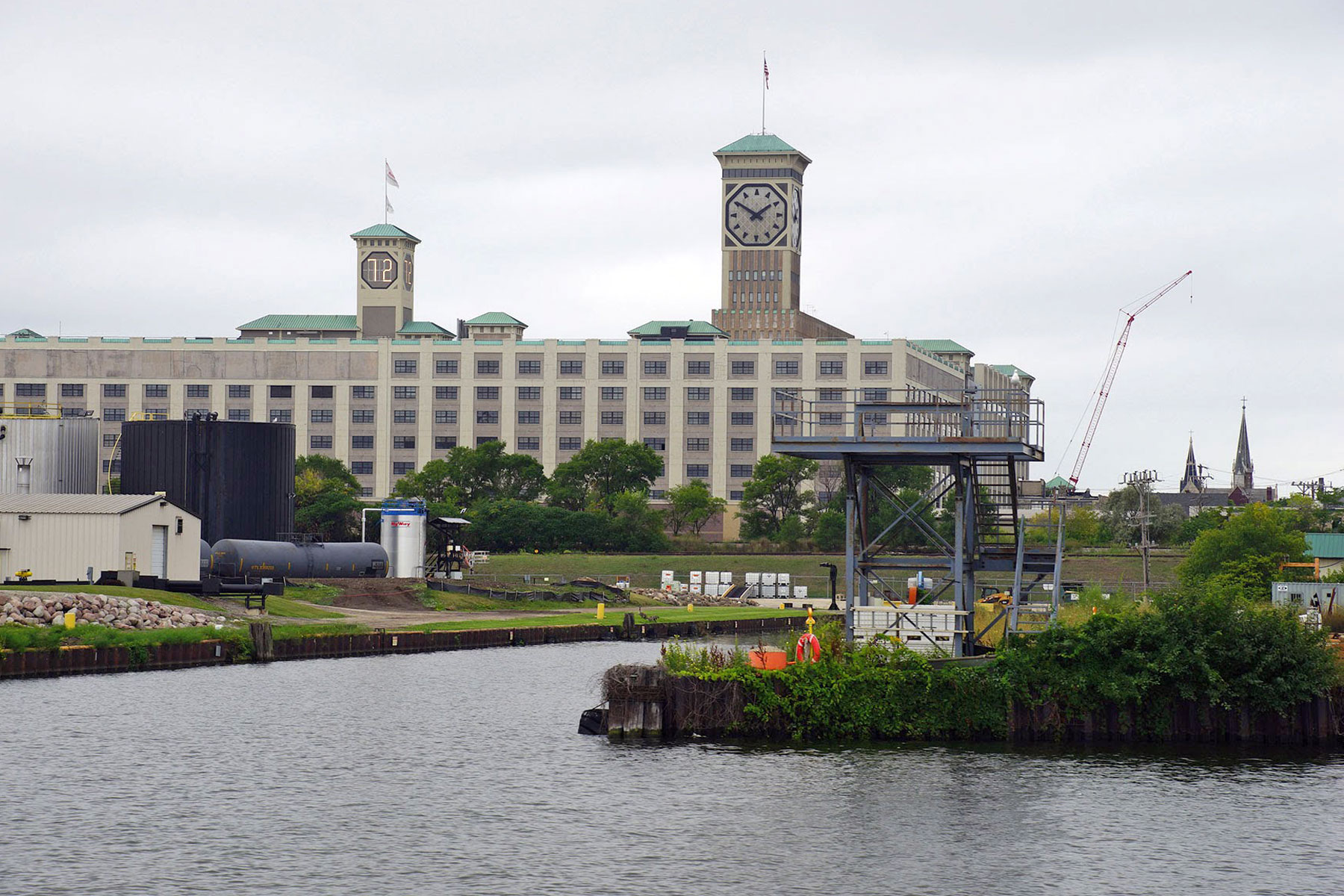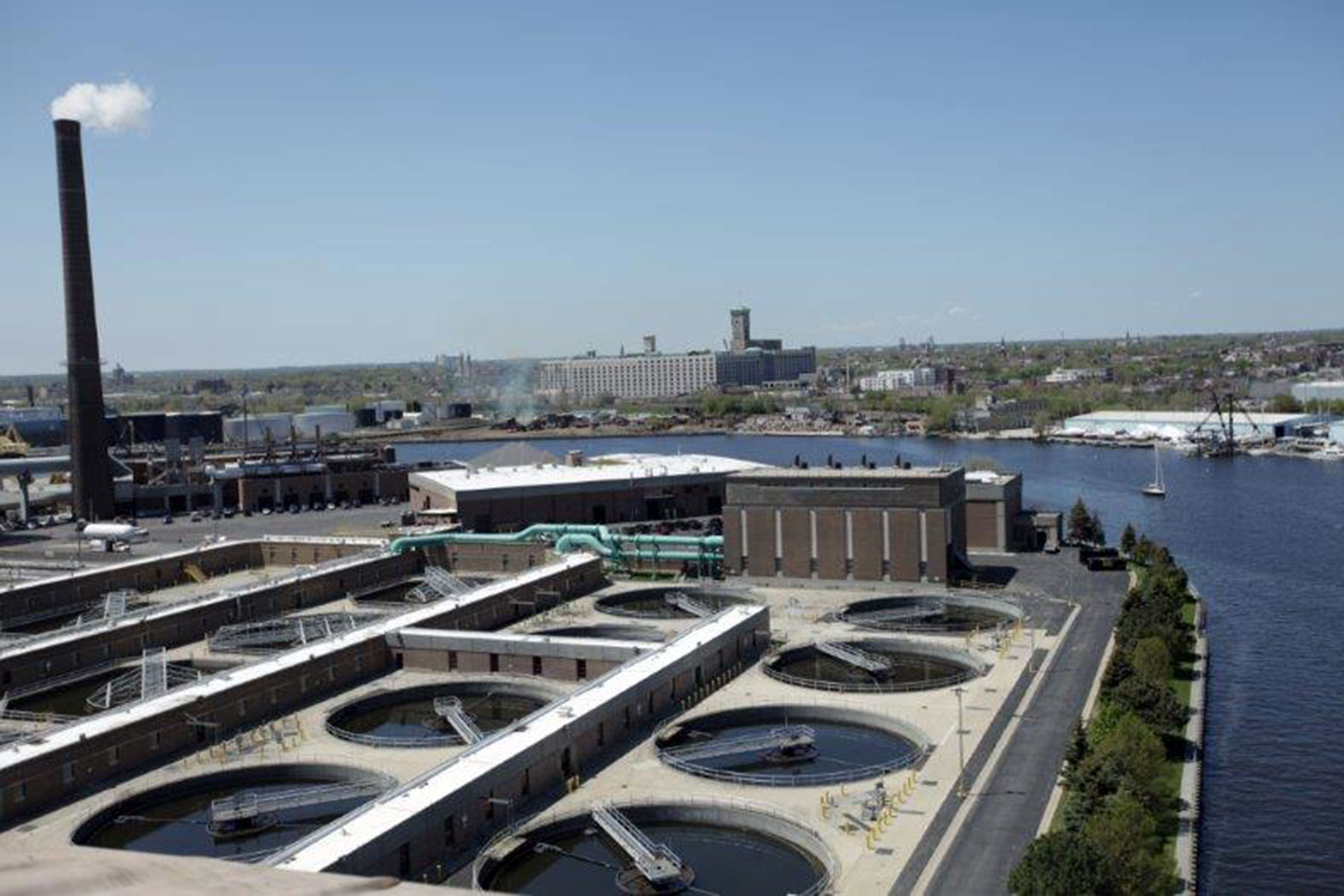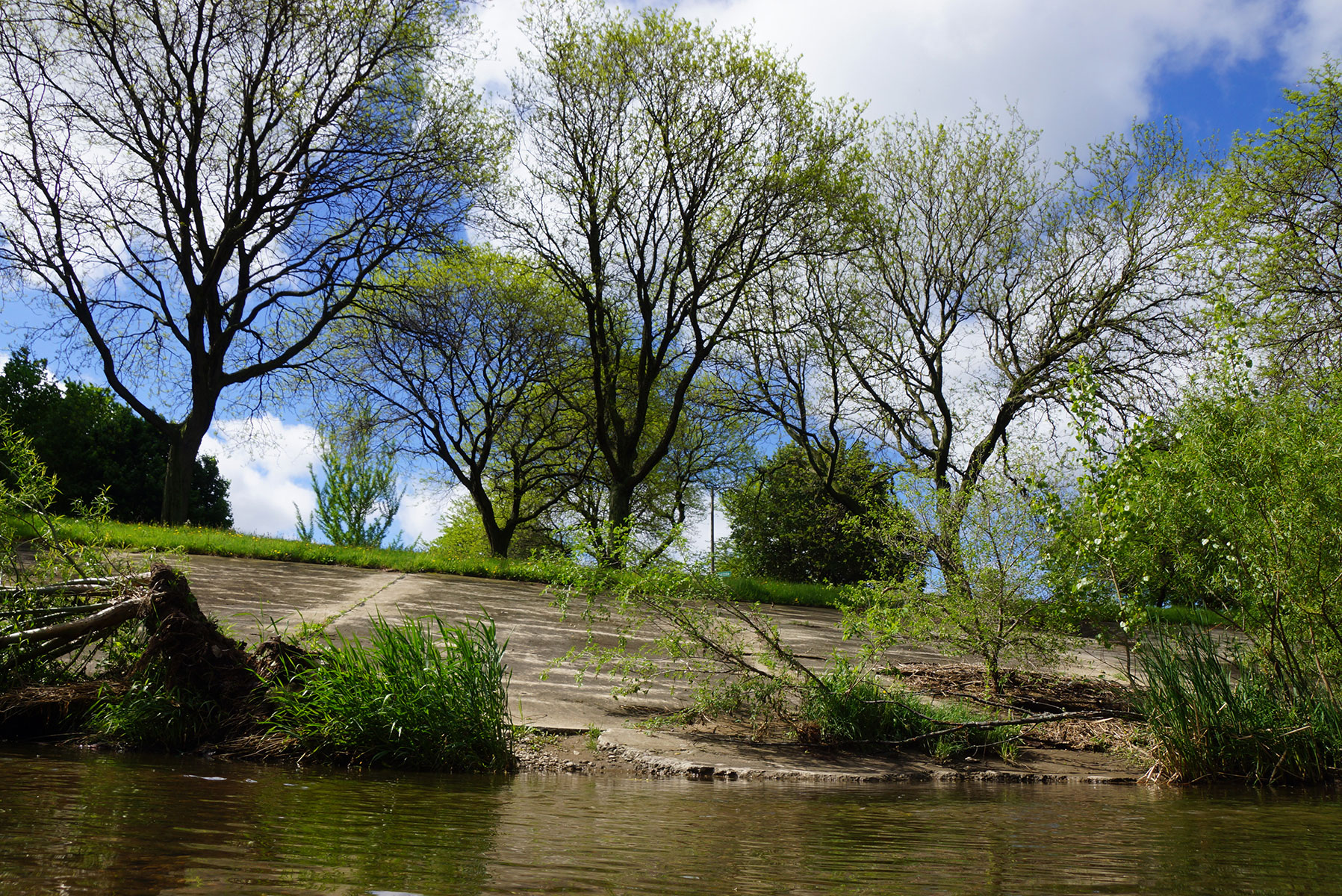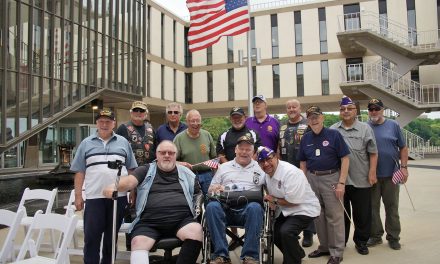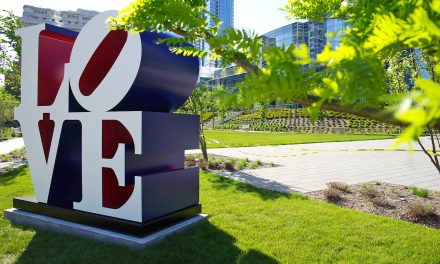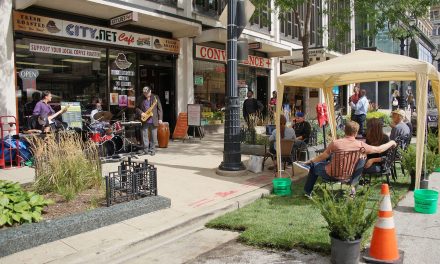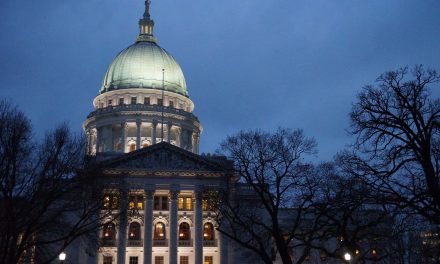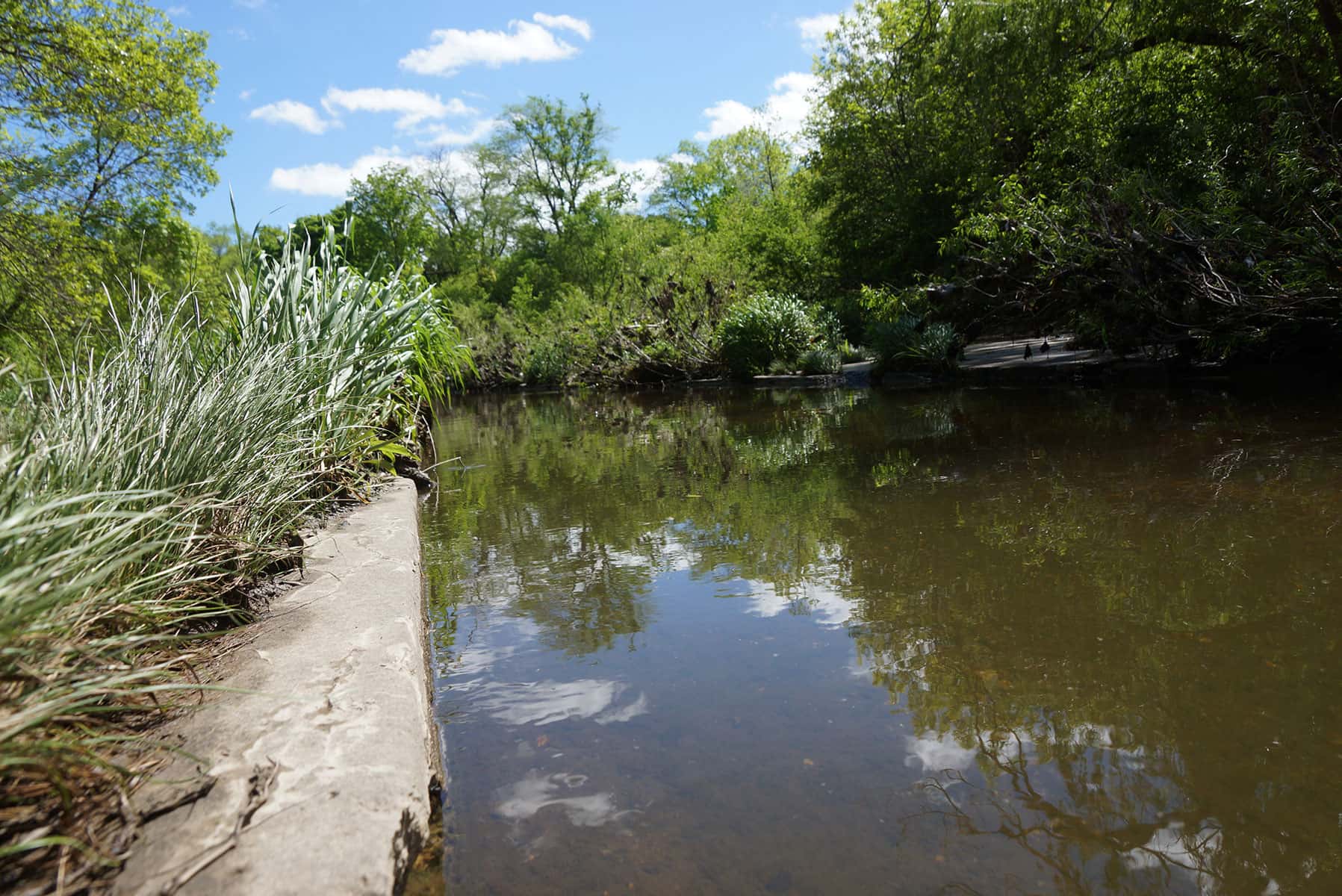
At a press conference at the University of Wisconsin-Milwaukee School of Freshwater Sciences, U.S. Environmental Protection Agency (EPA) Administrator Andrew Wheeler announced the selection of the first-ever Great Lakes Restoration Initiative (GLRI) Trash Free Waters grant.
Harbor District, Inc. was selected to receive a $492,300 grant to construct and install a trash collector on the Kinnickinnic River just south of W. Becher St., about a mile south of the conjunction of the Kinnickinnic and Milwaukee Rivers.
“After years of neglect and decline, the Kinnickinnic River is experiencing a rebirth as local and federal partners remove concrete channel, restore its banks and clean its waters. Our community is anxious to get to work on one of its most visible problems – trash,” said Harbor District Executive Director Lilith Fowler.
Removing trash, litter and garbage – including plastics – from marine and freshwater environments is one of EPA’s highest priorities. Administrator Wheeler created the Trash-Free Great Lakes grant program in July 2019 requesting competitive applications for $2 million in GLRI funding for community-based projects to clean up beaches and waterways to ensure the Great Lakes watershed continues to provide habitat for wildlife and drinking water and recreation all Americans.
The project, which addresses riverborne trash, is the first to be selected under the recently developed GLRI grant program specifically focused on funding trash-free water projects in the Great Lakes. Harbor District, Inc. and local partners will install a trash collection device-in the Kinnickinnic River close to the west bank, almost two miles upstream of Lake Michigan.
Floating booms will capture trash and other floating debris and direct it to the collection device. Conveyor belts will then transfer the collected trash and debris to a dumpster located on the riverbank for proper disposal. The project will capture trash from a 16,000-acre watershed and is estimated to collect an estimated 75 tons of trash annually.
This project is part of the larger effort to restore and protect the Great Lakes. In October 2019, EPA Administrator Andrew Wheeler announced the GLRI Action Plan III, an aggressive plan that will guide Great Lakes restoration and protection activities by EPA and its many partners over the next 5 years.
Located within the Milwaukee Estuary Area of Concern (AOC), the Kinnickinnic River is one of 43 AOCs in the Great Lakes basin identified by the United States and Canada. AOCs were identified by the two countries as exceptionally environmentally impacted areas primarily due to “legacy contamination” or contamination caused by waste disposal practices dating as far back as the late 19th century and habitat degradation.
The Kinnickinnic is the most challenged watershed in Milwaukee due to its turbidity and high concentrations of phosphorus, chloride, and bacteria. During wet weather events, garbage washes into the river and flows downstream into Lake Michigan, collecting on vegetation and dock structures along the way. Trash impacts water quality as well as aquatic life, degrading habitat and contributing to the bioaccumulation of toxins found in plastic.
The EPA has made significant progress in the Milwaukee Estuary AOC thanks to successful partnerships with its State and local partners, including an active local stakeholder group. Beginning with the Obama Administration in 2009, the EPA has provided over $87 million of federal funding to support remediation and restoration efforts through the GLRI and Great Lakes Legacy Act. The EPA also awarded an additional $644,000 to the Wisconsin Department of Natural Resources for project management support and water quality evaluation at beaches within the AOC.

